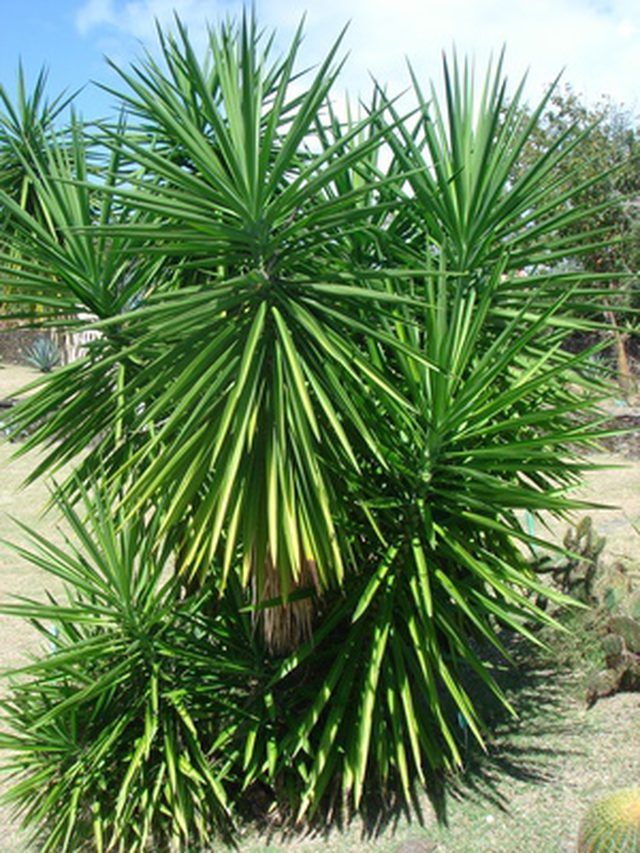Bulbs
Flower Basics
Flower Beds & Specialty Gardens
Flower Garden
Garden Furniture
Garden Gnomes
Garden Seeds
Garden Sheds
Garden Statues
Garden Tools & Supplies
Gardening Basics
Green & Organic
Groundcovers & Vines
Growing Annuals
Growing Basil
Growing Beans
Growing Berries
Growing Blueberries
Growing Cactus
Growing Corn
Growing Cotton
Growing Edibles
Growing Flowers
Growing Garlic
Growing Grapes
Growing Grass
Growing Herbs
Growing Jasmine
Growing Mint
Growing Mushrooms
Orchids
Growing Peanuts
Growing Perennials
Growing Plants
Growing Rosemary
Growing Roses
Growing Strawberries
Growing Sunflowers
Growing Thyme
Growing Tomatoes
Growing Tulips
Growing Vegetables
Herb Basics
Herb Garden
Indoor Growing
Landscaping Basics
Landscaping Patios
Landscaping Plants
Landscaping Shrubs
Landscaping Trees
Landscaping Walks & Pathways
Lawn Basics
Lawn Maintenance
Lawn Mowers
Lawn Ornaments
Lawn Planting
Lawn Tools
Outdoor Growing
Overall Landscape Planning
Pests, Weeds & Problems
Plant Basics
Rock Garden
Rose Garden
Shrubs
Soil
Specialty Gardens
Trees
Vegetable Garden
Yard Maintenance
How to Take Cuttings From Your Yucca Plants
How to Take Cuttings From Your Yucca Plants. Yucca plants thrive in conditions where the soil is well-drained, low in fertility and low in water. Many yucca also do well as indoor houseplants. These desert plants produce an abundance of long, sword-shaped leaves; many varieties also bloom in summer. Yucca is propagated from seed or cuttings. Seed...

Yucca plants thrive in conditions where the soil is well-drained, low in fertility and low in water. Many yucca also do well as indoor houseplants. These desert plants produce an abundance of long, sword-shaped leaves; many varieties also bloom in summer. Yucca is propagated from seed or cuttings. Seed takes a long time to germinate and grow into a mature plant, so cuttings are usually preferred. Take cuttings from your yucca in spring when the plant is actively growing, as this allows the cutting to root more quickly.
Things You'll Need
Knife
Pot
Peat moss
Sand
Bowl
Rooting hormone
Inspect the base of the plant where the leaves emerge and locate the canes, or stems. Only divide a yucca that has produced more than one cane that is at least ? inch thick. The additional canes are called offsets.
Cut the offset from the main plant with a sharp knife. Remove it at the base of the plant where it joins the main cane, leaving a small amount of the main cane attached to the cutting.
Strip the leaves from the bottom 4 inches of the offset. Cut the top of the offset down so the entire cutting is approximately 6 inches long. Trim the remaining leaves so they are no more than 3 inches long.
Fill a 5-inch diameter pot that has at least one drainage hole with three parts peat and one part sand. Water the peat mixture until it is evenly moist and the excess water begins draining from the bottom of the pot.
Fill a small bowl with a rooting hormone, available from garden centers. Dip the bottom of the cutting into the bowl and coat it with the rooting hormone. Stick the bottom of the cane deep enough into the peat mixture so it is supported upright.
Set the pot in an area that receives at approximately eight hours of bright, indirect sunlight. Water the potting mixture when the surface just begins to feel dry.
Tug on the yucca cutting gently after four weeks have passed. The cutting is rooted when there is resistance to the tug. If it has not rooted, continue to water and care for the cutting, tugging and checking for rooting every seven to 14 days. A yucca cutting may take two months to root properly.
Tips & Warnings
Commercial cutting soil mixes can be used instead of the peat and sand mixture.
Overly wet soil causes the cutting to rot instead of root.